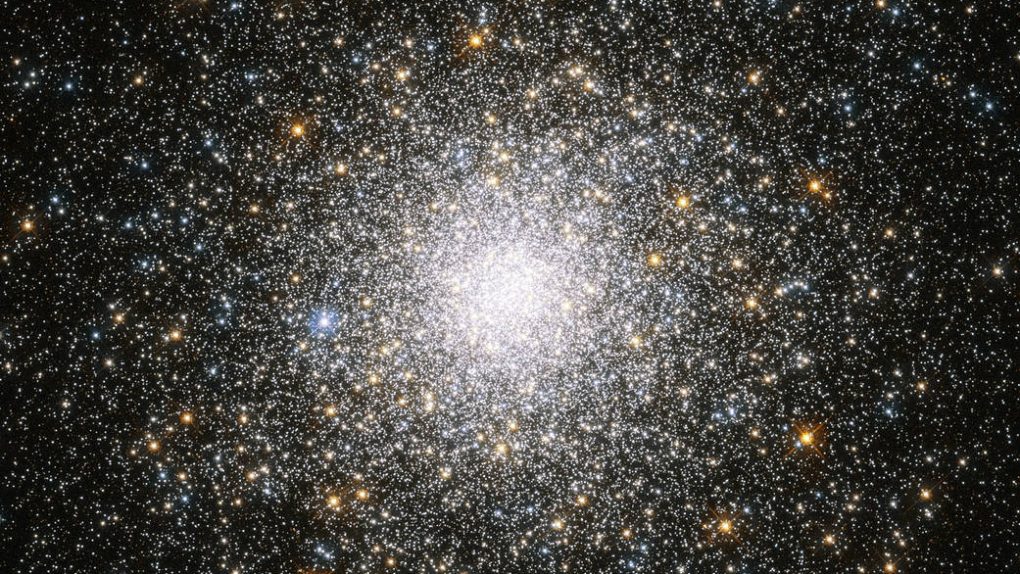- A blast of radio energy called a fast radio burst has been detected repeating within our own galaxy.
- FRBs are believed to be caused by magnetars, which are super-dense stars that crack and collapse in on themselves, creating powerful blasts of energy to radiate through space.
- The FRBs detected in the Milky Way have been traced to a specific magnetar.
Of all the bizarre and unexplained phenomena ever observed in space, fast radio bursts (FRBs) created perhaps the most head-scratching among astronomers for the longest time. Powerful blasts of radio energy radiating out from one fixed point in space confounded explanation, but theories were plentiful and it now appears that science has a pretty solid explanation for what creates them.
Now, new observations of a fast radio burst from within our own Milky Way galaxy has produced an interesting wrinkle. While most FRBs are one-off events, an object within our home galaxy appears to have produced multiple bursts within a relatively short period of time.
Today’s Best Deal

As scientists explain in a new paper published in Nature Astronomy, the radio bursts appear to have originated from an object called a magnetar. More specifically, magnetar SGR 1935+2154 seems to be making the “noise,” and study of the location and the bursts coming from it are helping to support the hypothesis that magnetars are indeed responsible for producing some of the fast radio bursts detected by radio telescopes here on Earth.
“The recent CHIME/FRB and STARE2 detection of an extremely bright radio burst from the Galactic magnetar SGR 1935+2154 supports the hypothesis that (at least some) fast radio bursts are emitted by magnetars at cosmological distances,” the researchers write. “In follow-up observations totalling 522.7 h on source, we detect two bright radio bursts with fluences of 112 ± 22 Jy ms and 24 ± 5 Jy ms, respectively. Both bursts appear to be affected by interstellar scattering and we measure significant linear and circular polarization for the fainter burst. The bursts are separated in time by ~1.4 s.”
So, the bursts came very rapidly one after the other, but the hardware used to detect the event was able to differentiate the two separate signals, which is pretty cool. But what is a magnetar, and why would it produce bursts of radio energy in space?
If you couldn’t tell by the name, magnetars are known for their extreme magnetic properties. They’re a type of ultra-dense neutron star that has a habit of actually collapsing in on themselves over time. Just as earthquakes can crack the surface of our planet, starquakes rumbling across the surface of a magnetar may produce powerful blasts of energy into space, some of which can be detected as a radio burst.
Most fast radio bursts that astronomers have detected originated from outside of our galaxy, making them hard to identify. The FRBs popping up in our own neck of the cosmic woods has made tracing their origins a bit easier, and while it’s possible that other galactic phenomena can also generate these powerful radio signals, it appears we’ve nailed down at least one source.







